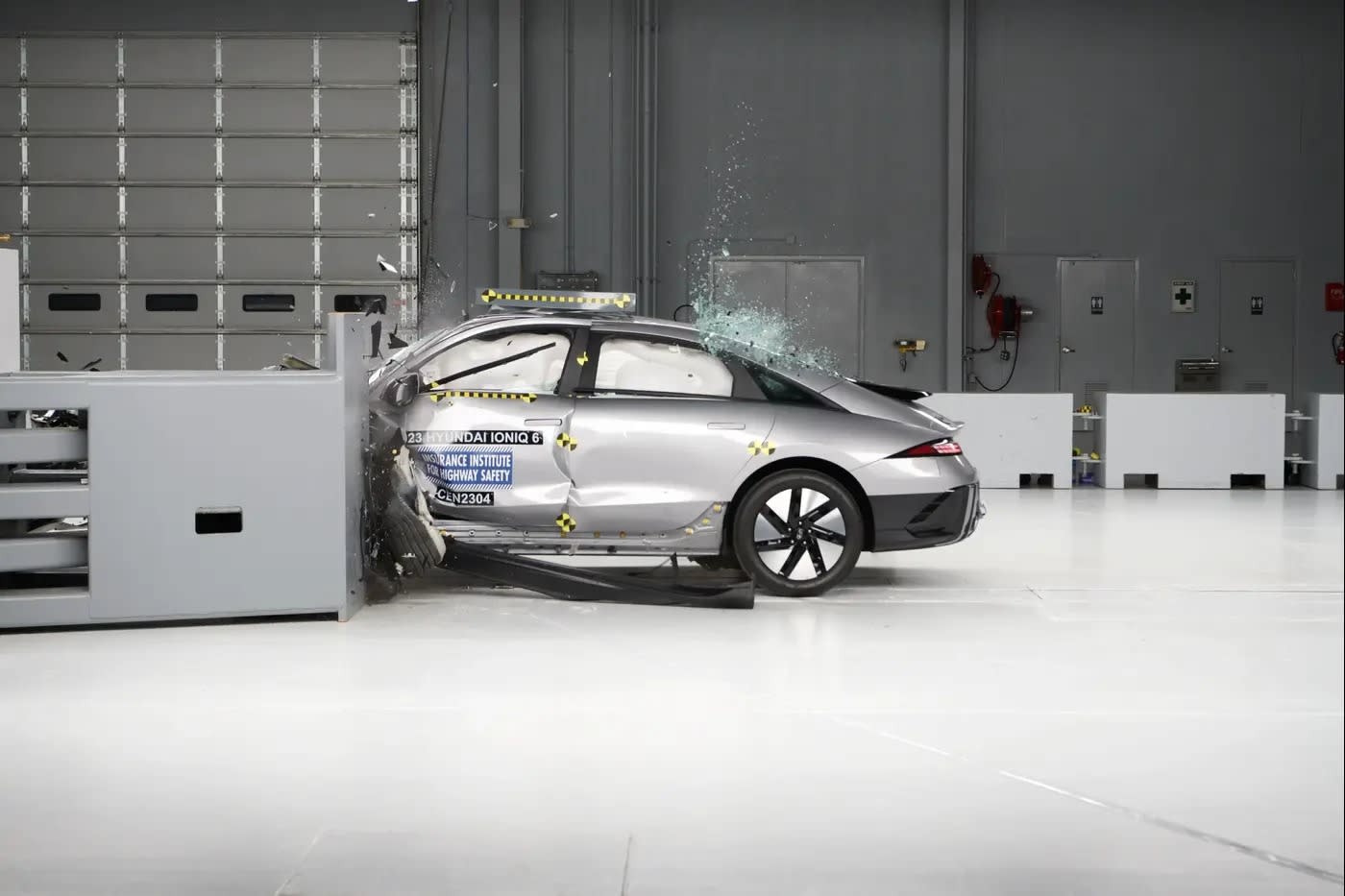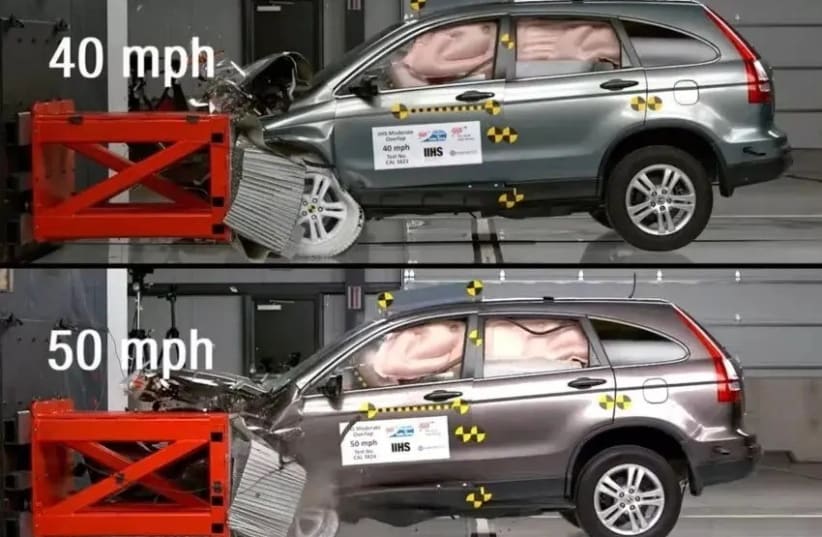Over the years, a rare consensus has been formed between the two sides of the ocean: both the European safety organization Euro NCAP and the Insurance Institute for Highway Safety (IIHS) have chosen to perform frontal crash tests on new cars at a speed of only 64 km/h.
"Only", because it is considered a high speed when a vehicle collides with you, but it is still relatively low compared to the legal speed on most highways in the West. In Israel, it is already allowed to travel at a speed of 120 km/h on Highway 6, in the US generally 112 km/h (70 miles per hour) (137 km/h - 85 mph - on some roads), and in most European countries 130 km/h, and in Germany there are still autobahns without speed limits at all.
So why are crash tests conducted at significantly lower speeds? The IIHS recently tried to answer the question. Raul Arbelaez, the institute's vice president, explained that the decision is to focus on common accidents rather than the most severe ones. "Our testing speed captures the mid-range of speeds of accidents in the real world, where we know there are serious and severe injuries", Arbelaez said. "There are more severe accidents, but we focus on the more common ones".

The institute presented images from crash tests conducted on the Honda CR-V at 40 miles per hour (64 km/h) and at 50 miles per hour (80 km/h), showing no significant differences in the level of damage. However, Arbelaz explained that crashes at high speeds may actually lead to the production of cars that provide less protection for passengers.
"There are some unintended consequences associated with this, including a decrease in safety in accidents of lower severity", says Arbelaz. "What happens is that your vehicle ultimately will need to be more rigid to succeed in a more severe accident, and this will come at the expense of protection at lower speeds".
The bottom line: Arbelaz suggests that at high speeds on highways, even in Israel, the level of protection provided by cars for passengers is lower than what they provide at 60-80 km/h.
The bottom line: Arbelaz hints that at high speeds on highways, even in Israel, the level of protection provided by cars to passengers is lower than what they provide at speeds of 60-80 km/h.
